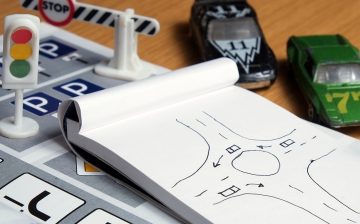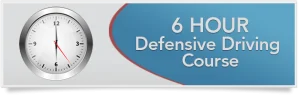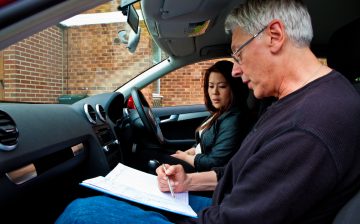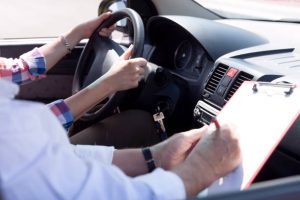What Does a 16-Year-Old Need to Get a Driver’s License in Illinois?
Obtaining a driver’s license is a significant milestone in a teenager’s life, symbolizing newfound independence and responsibilities. In the state of Illinois, as in many other states, the process to obtain a driver’s license is regulated to ensure that young drivers are adequately prepared for the road. If you’re a 16-year-old living in Illinois or a parent of one, here’s a comprehensive guide to what’s required to obtain a driver’s license in the Land of Lincoln.
- Learner’s Permit: At the age of 15, aspiring drivers in Illinois can apply for a learner’s permit. To obtain this permit, there are a few prerequisites:
- Age Requirement: The applicant must be at least 15 years old.
- Parental Consent: If the applicant is under 18 years old, written consent from a parent or legal guardian is required.
- Completion of a Driver’s Education Course: A state-approved Driver’s education course must be completed. This typically includes both classroom and behind-the-wheel training, aiming to teach fundamental road safety principles and driving skills.
- Passing a Vision Exam: A vision test is required to ensure that the applicant meets the necessary visual acuity standards for safe driving.
- Passing a Written Test: An applicant must pass a written test on Illinois traffic laws, road signs, and safe driving practices.
Once these requirements are met, the applicant will receive a learner’s permit, allowing them to practice driving under the supervision of a licensed adult over the age of 21.
- Practice Driving: With a Learner’s permit in hand, the new driver must log a minimum of 50 hours of practice driving, including at least 10 hours of nighttime driving, under the supervision of a licensed adult who is at least 21 years old. If the supervising driver is a parent, step-parent, grandparent, legal guardian, or driving instructor, they must be at least 18 years old.
- Intermediate License: At the age of 16, the aspiring driver can move on to the next phase of the licensing process by obtaining an intermediate license. To be eligible, the following requirements must be met:
- Minimum Age: The applicant must be at least 16 years old.
- Completion of Driver’s Education: The applicant must have successfully completed a state-approved driver’s education course.
- Clean Driving Record: The applicant should have held a Learner’s Permit for a minimum of nine months and should have a clean driving record during this period.
- Additional Parental Consent: If the applicant is under 18 years old, written consent from a parent or legal guardian is still required.
With an intermediate license, the young driver gains additional privileges, such as driving without a supervising adult during certain hours and carrying passengers who are not immediate family members.
- Full Driver’s License: After holding an intermediate license for at least 12 months without any traffic violations, the driver becomes eligible for a full, unrestricted driver’s license upon turning 18.
In conclusion, obtaining a driver’s license in Illinois as a 16-year-old involves a phased process that emphasizes learning, practice, and responsible driving behavior. From obtaining a Driver education learner’s permit course to progressing through the stages of supervised driving and ultimately attaining a full driver’s license, the journey ensures that young drivers are adequately prepared to navigate the roads safely and responsibly. It’s essential for both teenagers and their parents to understand and fulfill the requirements of this process, as it plays a crucial role in fostering safe driving habits that last a lifetime.















